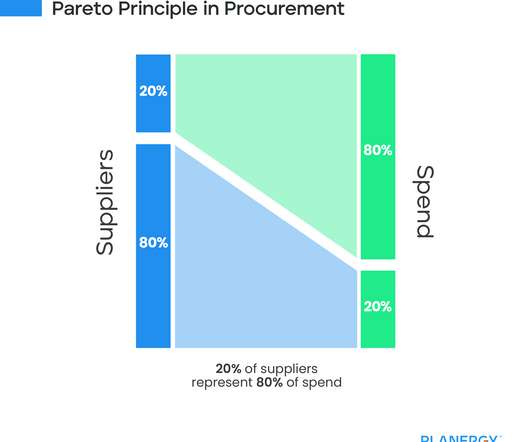Information Architecture Tips and Best Practices!
Supply Chain Game Changer
NOVEMBER 2, 2022
For example, a clothing retail website may have an IA that includes main categories such as men’s clothing, women’s clothing, and kids’ clothing. Within each of these categories, there may be subcategories for different types of apparel (e.g. When grouping content, consider both the topic and the tone.













Let's personalize your content